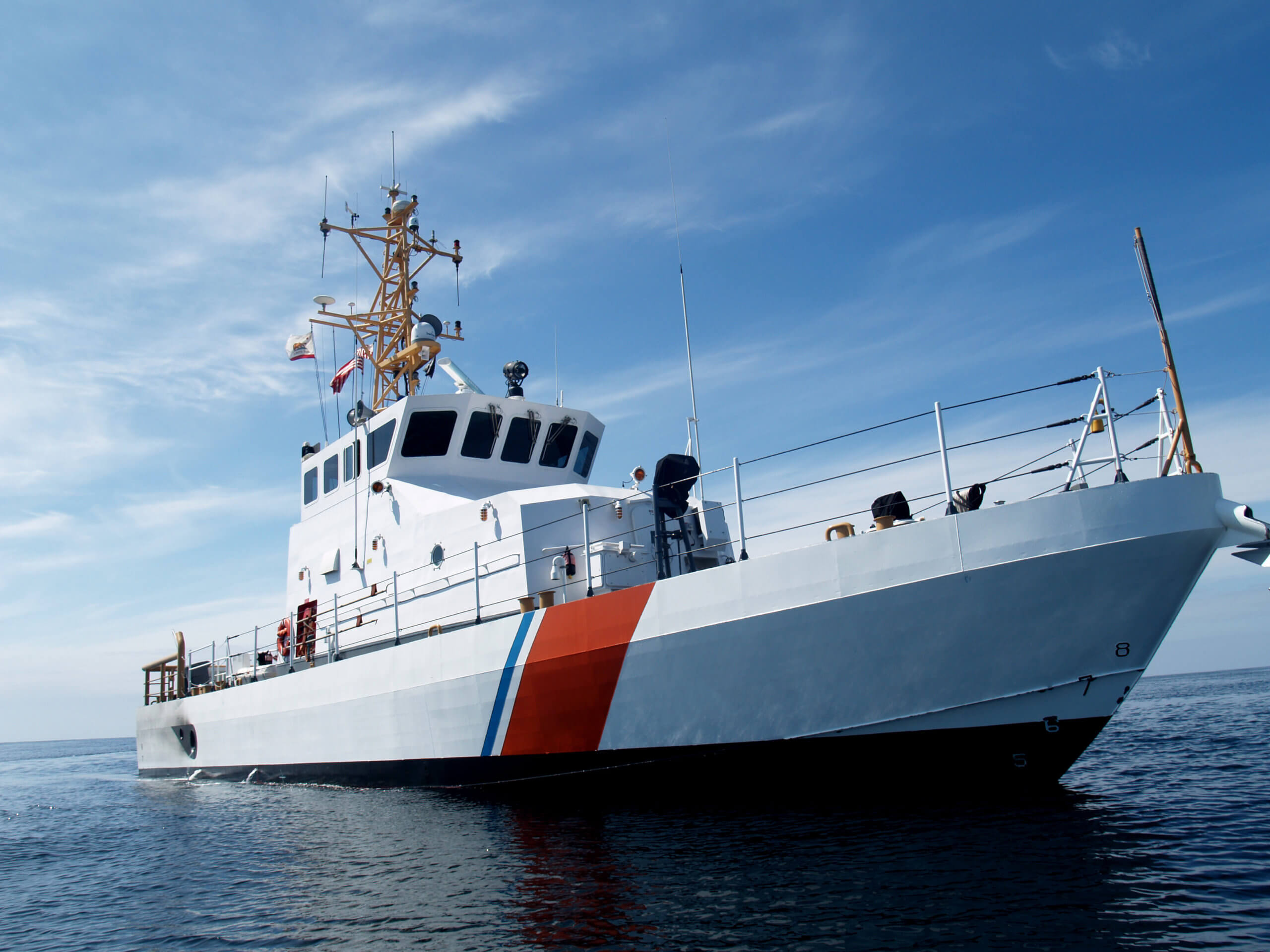Improving Your Fuel Efficiency On the Water

Now I’m the first to say, “You’ve got a $30,000 boat tied to the dock and you’re fretting about $200 in fuel? What’s up, doc?” But, with that said, “Waste not, want not” — and this column is about that.
Some Basics
Would it be any surprise to know that heavier boats need more fuel at a given speed to move through or over the water? So, why lug around gear that you don’t need? Go through all your lockers, lazarettes, and compartments and just get rid of the gear that is sitting around gathering mildew. We all have it — get rid of it.
Store in it the garage, in a dockside locker, or just the garbage heap. Do you have an onboard water tank? I had a 25-foot Chris-Craft once that had a 40-gallon water tank, which I kept full whether I was going out for the afternoon or an overnighter. At more than eight pounds per gallon, this was like having a lineman from the NY Giants sitting on my boat — in his uniform and gear. Some of the bigger boats have 100-gallon tanks for showers — three linemen! Fill up the water tank where and when you are going to use it.
Name That Tune
Your prop is the next most important item to tune. “Tune up my prop?” you say? Yes. If your prop (pitch) is too large for the boat, you are wasting energy. Wait — it came with the boat as original equipment. How can it be too large now? Simple. As the boat gets older (i.e., heavier), the prop’s “pitch,” i.e., how far the boat goes with one revolution of the prop, has to come in in order for the engine to still match the pitch and distance.
A ding in the prop (never hit the bottom, you say?) can take as much as 10 percent in fuel efficiency out of the power-plant. Think of it this way. You ask for 20 gallons and the fuel tender puts 18 in your tank, pours two gallons down the fuel storage sump, and charges you for 20 gallons. Make sense to you, Bunky?
Bottom’s Up!
A fouled bottom is like dragging the anchor as you motor. It reduces hull “lubricity” versus the water and, if the hull is fouled, the running gear is probably too. There are plenty of eco-friendly bottom paints now, so keep the bottom clean and painted.
Speed Kills (Fuel Efficiency!)
Let’s stop for a second and review some maritime math. For vessels under sail, the longer the “wetted surface,” the faster the boat can go. This is why, in sail boat races, boats are assigned handicaps like golfers to normalize this issue. In theory, the handicap eliminates any structural advantages that a 25-foot sail boat has over a 16-foot sail boat so it is then all about the crew. The formula for a boat’s “hull speed” (sometimes called the “displacement speed”, and soon you will understand why) is: V = 1.34 x SQRT(LWL), where SQRT means Square Root and LWL means length of the water line in feet. V(velocity) conveniently comes out in knots.
So, the theoretical hull speed of the 25-foot sail boat is 6.7 knots and the 16-foot sail boat’s hull speed is 5.4 knots. In an interesting historical side note, this little fact was what caused a number of the great sailing clipper ships to mysteriously sink.
How? Well, the captain throws on more sail to make the ship go faster. As you know, a ship’s form is to some extent a big, long “V” — the bottom of the “V” is in the water and the top, planked over, is the deck area. Well, the only way for the ship to respond to the increased power from the sails was for the “V” to dig deeper into the water so there was more wetted surface to service the power. More sail? More power. This drove the “V” deeper into the water — until the “V”, or the ship, drove herself under the water and sank.
But wait. I have a 25-foot boat and she goes considerably faster than 6.7 knots. How? She uses horsepower to defeat the physics of the “hull speed” equation — also known as the “displacement speed” equation. As our power boats go faster, the “V” comes up OUT of the water — we convert from a displacement vessel to a “planning” vessel. But at 6.7 knots, I’m burning two gallons an hour. At 25 knots, I’m burning 10 times that but only going about four times as fast. It can get very complicated from here when we start talking about bow waves and stern waves interacting and the trim of the engine versus the waterline of the boat, etc. Suffice it to say this: You’ll use less fuel at 20 knots than at 25 knots and you’ll use less fuel at all speeds if you REDUCE your wetted surface —trim the bow up a bit (experiment at a fixed prop speed to see what your speed-over-the-water does at a given prop speed) by using your trim tabs — and reducing the weight of the boat (back to the basics!) so the “V” doesn’t sit so deeply in the water naturally.
Lastly, install a fuel meter in your boat. If all our cars and boats had them (anybody in Washington DC listening?), our national fuel consumption would improve overnight! Nothing slows a boat down from 25 knots to 15 knots faster than realizing that you’re burning 20 gallons an hour ($100!) at 25 knots.
By the way, if you are interested in being part of USCG Forces, email me at JoinUSCGAux@aol.com or go direct to the D1SR Human Resources department, who are in charge of new members matters, at DSO-HR and we will help you “get in this thing.”



